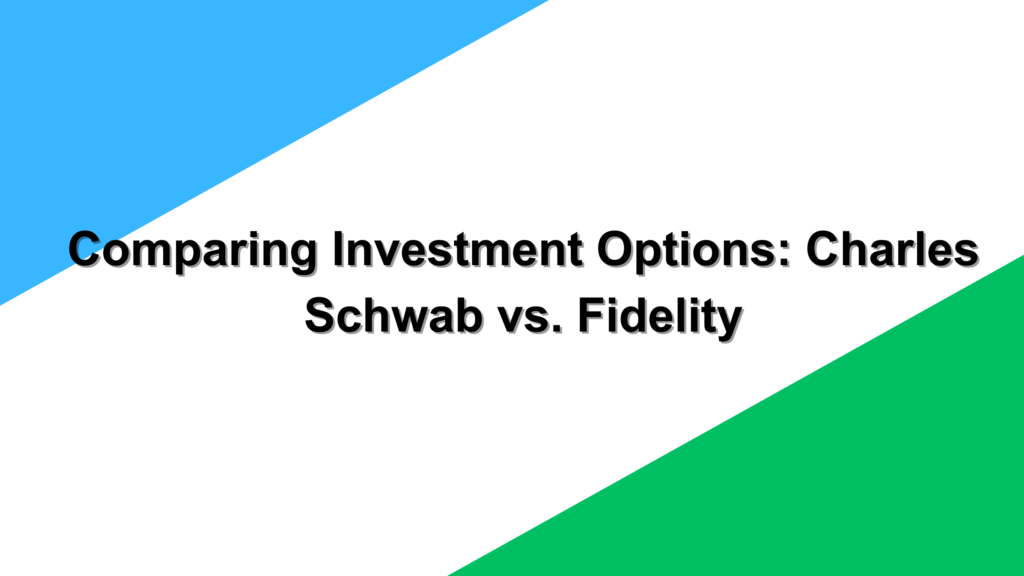
Choosing between Charles Schwab and Fidelity can be a challenge, as both offer a broad range of investment options. Here’s a breakdown of the key differences and similarities:
1. Account Types
Both firms offer a wide array of account types, including individual brokerage accounts, IRAs, and 401(k) plans. However, Schwab has a slight edge with its more comprehensive range of retirement accounts, while Fidelity offers a slightly broader selection of 529 plans.
2. Investment Options
Both Schwab and Fidelity provide a wide range of investment options, including stocks, ETFs, mutual funds, and bonds. Fidelity is known for its extensive mutual fund offerings, including many low-cost index funds. Schwab, on the other hand, is renowned for its commission-free ETFs and broad selection of stocks.
3. Research Tools
Both platforms offer excellent research tools, with Schwab providing access to third-party analysis from Morningstar and Fidelity offering its own in-depth research reports and market insights.
4. Fees
Both Charles Schwab and Fidelity offer commission-free trading on stocks and ETFs. Schwab charges no maintenance fees for most accounts, while Fidelity has low costs for most accounts and investment products.
5. Platform Features
Schwab’s StreetSmart Edge offers advanced charting tools for active traders, while Fidelity’s Active Trader Pro provides similar advanced tools with a more user-friendly interface. Both platforms offer excellent mobile apps for managing investments on the go.
Conclusion
Both Schwab and Fidelity are excellent choices for investors, with each offering unique features. Your decision will depend on your investment goals, preferred platform features, and which account types best suit your needs.
